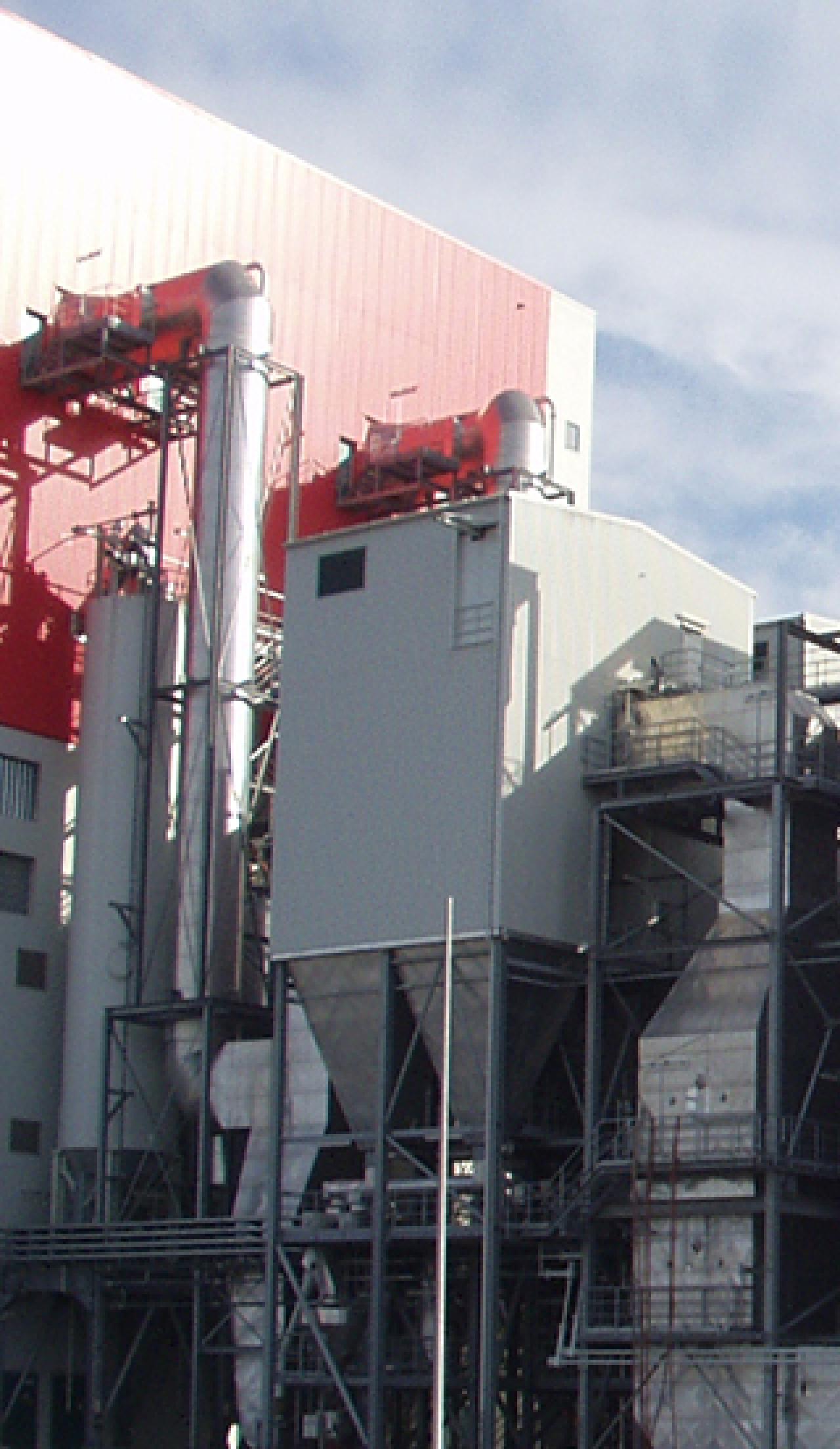
DeNOx System
LAB solutions ensure treatment of Nitrogen Oxydes (NOx) by :
- Non-catalytic process (SNCR),
- Combination of noncatalytic and catalytic
- Catalytic systems (SCR) with control and limitation of ammonia (NH3) slip.
SNCR
Selective non-catalytic reduction (SNCR) is a method to capture nitrogen oxide emissions , thanks to the injection of either ammonia or urea into the boiler to react with the nitrogen oxides formed in the combustion process.
SCR - CataLAB™
CataLAB™ consists in the reduction of Nitrogen Oxides (NOx) by injection of ammonia or urea (liquid) upstream a catalyst.
CataLAB™ is a SCR DeNOx process with successive layers of honeycomb or plates catalysts.
Its position in the flue gas cleaning system can be as follows:
- Downstream a de-duster before acid gases removal : low dust SCR
- Downstream acid gases removal in clean gas conditions : tail-end SCR
- At lower temperature downstream an efficient dry system : cold SCR (with regeneration if needed)
NOx removal on CataLAB™ is easily combinable with catalytic destruction of dioxins/furans and/or treatment of CO.
All CataLAB™ units are designed with control of ammonia slip under most stringent regulations.

Tail-end SCR